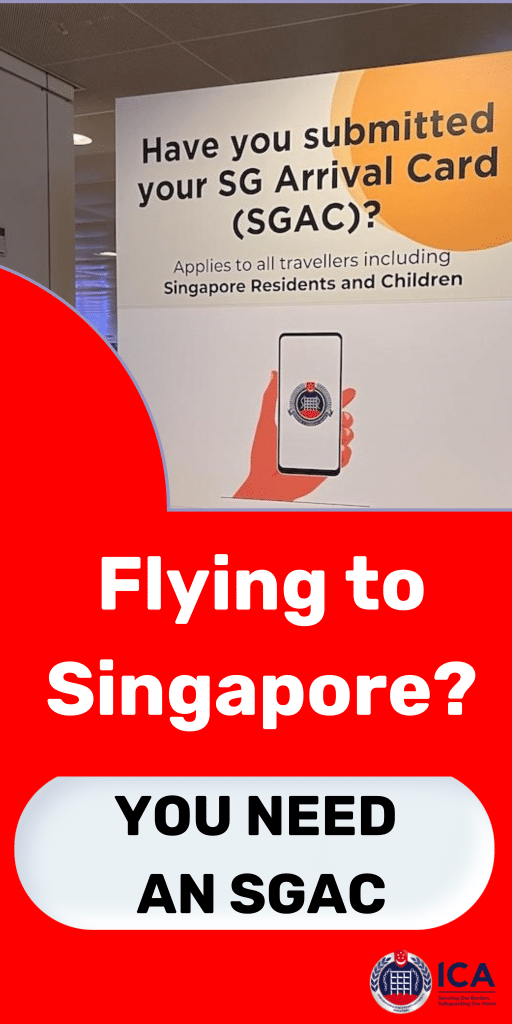Modern Singapore traces its roots back to 1819 when Sir Stamford Raffles established a British port settlement on the island. Over the next 140 years, Singapore would transform under colonial rule from sleepy Malay village to the “Gibraltar of the East” – an Oriental emporium and symbol of British power in Asia.
This article explores how British colonization shaped Singapore’s emergence as a cosmopolitan trading hub. We’ll examine Raffles’ founding of the colony, growth under the East India Company, and subsequent direct British rule. We’ll also consider how colonial policies impacted demographics, infrastructure, economy, culture and society.
Singapore as we know it today took form during the crucible of British imperialism.
Join us on a journey through this formative chapter in Singapore’s history.
Raffles’ Arrival and the Foundations of Colonial Singapore
- Raffles searched for new British port after Dutch seized Malacca
- Arrived in Singapore 1819, spotted by naval scout two years prior
- Signed treaty with Temenggong Abdul Rahman of Johor Sultanate to establish a British port
- Named new settlement after the Malay name “Singapura” meaning Lion City
- By 1824 treaty, British seized control from the Dutch
Attracted by its natural harbor and strategic location, Raffles saw Singapore’s potential to dominate regional maritime trade. His vision laid the groundwork for Singapore’s future trajectory, planting the British flag at this strategic crossroads.
Growth and Development Under the East India Company
- East India Company (EIC) controlled the new colony after Raffles departed in 1823
- Singapore declared capital of the Straits Settlements under EIC rule
- Colonel William Farquhar instrumental as the first British Resident and Commandant of Singapore
- New harbor infrastructure, roads, and government buildings constructed
- Sustained growth in trade and population throughout EIC rule
The EIC developed Singapore into a thriving entrepôt. Trade flourished, especially regional commodities like rubber, spices, and tin. Colonial civic infrastructure took shape including roads, churches, schools, a general hospital, lighthouse, town hall, and more.
Direct Crown Colony Rule and the Boom Years
- Singapore colonial governance transferred to British Crown rule in 1867
- Designated part of the Straits Settlements crown colony with Penang and Malacca
- Major infrastructure projects like telegraph lines further modernized Singapore
- Deep natural harbor attracted global merchant fleets for trade and restocking
- Population grew rapidly from 5000 in 1819 to around 300,000 by the early 1900s
Now under direct British authority, Singapore cemented its standing as the preeminent port in Southeast Asia and key node of the British Empire. Bustling commerce made Singapore prosperous. Investments in modern amenities and institutions nurtured its rise.
Impacts on Demography and Immigration
- Mainland Chinese and Indians brought by British as indentured laborers
- Chinese migrants dominated early arrivals, establishing defining cultural influence
- Indians mainly from South India arrived to work on infrastructure like railways
- Malay population declined proportionally as immigration swelled
- Europeans, Eurasians, Jews and Arabs formed business and political elite
British immigration policy dramatically reshaped Singapore’s racial makeup and laid the foundation for its current multicultural society. New arrivals brought immense linguistic, cultural, and religious diversity.
Developing Colonial Economy and Trade
- Singapore evolved into leading export hub for regional rubber and tin
- Entrepôt trade flourished, distributing goods from across Asia
- Cash crop plantations producing gambier, pepper, nutmeg, and other spices
- Opium trade and Chinese coolie trade generated immense revenue
- Banking, insurance and shipping services expanded to support trade
Leveraging its geographic advantage, Singapore became the gateway between the West and Asia. It funneled the tremendous commodity wealth of the region. Singapore was a commercial dynamo fueled by unfettered free trade.
Impact on Urban Environment and Infrastructure
- City quickly expanded beyond Raffles Town Plan under pressure of growth
- Temples, mosques, churches, shophouses sprang up in town center
- Port infrastructure like docks, warehouses, cargo yards developed
- Roads, bridges, public buildings erected
- Utilities like piped water, electricity introduced
- Rail, street trams, telecommunications improved connectivity
- Urban kampongs formed outside town center
The population boom required extensive infrastructure expansion. While chaos initially prevailed, the colonial authorities eventually imposed order on Singapore’s urbanization. The city took recognizable shape by the late 1800s.
Shaping Society, Culture and Daily Life
- English language education in schools promoted English fluency
- Christian missionaries established schools, playing formative role in education
- British introduced modern medicine, law enforcement, civil service practices
- Developed civic institutions like the Raffles Library and Museum
- Globalization introduced new ideas, technologies, culture to locals
- Rise of Straits Chinese elite class of English-educated businessmen
Beyond infrastructure, British rule altered social fabric and culture. English language ability rose. Exposure to foreign ideas influenced fashion, architecture, entertainment for cosmopolitan segments of locals.
Lasting Impacts on Independent Singapore
While relinquishing formal political control, the legacies of British rule persisted:
- English as the language of government and commerce
- Framework for public administration and government
- Education focused on bilingual policy in English and Mother Tongues
- Multi-ethnic immigrant population mix
- Trading hub role connecting East and West
- Authoritarian governance style inherited from colonial model
Modern Singapore retained many British institutional and cultural influences even post-independence thanks to 150 years of colonial rule.
Conclusion
By examining Singapore under the British, we better understand the country’s DNA as a cosmopolitan trade crossroads. Raffles’ vision set the course. British policies and investments then systematically developed Singapore into an Eastern gem and model port city.
The period also left complex legacies regarding ethnic relations and political development. But overall, the prosperous Crown Colony created the foundations enabling Singapore’s subsequent success. Singapore owes its modern existence to the historic growth catalyzed by British imperial rule.

Goh Jun Cheng is the chief staff writer for SingaporeAirport.com. Jun Cheng graduated with a degree in journalism from Nanyang Technological University in Singapore.
He has over 5 years of experience writing about aviation, tourism, and lifestyle topics relevant to locals and visitors in Singapore. His articles provide insights into the rich culture, cuisine, and attractions of Singapore. Jun Cheng is an avid traveler who has visited over 15 countries.
When he is not writing or traveling, he enjoys photography, trying new foods, and hiking. As a longtime Singapore resident, Jun Cheng is passionate about sharing hidden gems and perspectives about his home country.




